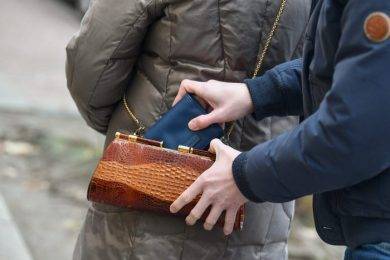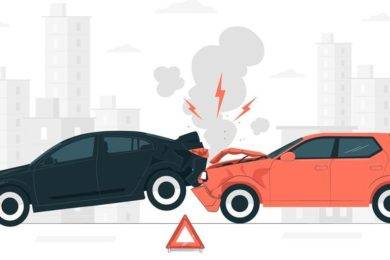If you notice that your credit card has been stolen or misused, you should remain calm and take the following steps quickly to prevent greater damage. It does not matter whether you were the victim of a “real” theft – for example if your wallet was stolen – or whether an internet fraudster stole your credit card details.
Block your credit card immediately
For this it is helpful if you save or note down the service hotline of your bank or credit card Company – ideally in several places.
Check your statement
If you discover irregularities, you must report them to your bank or credit institution immediately. If you complain about the damage too late, you may be responsible for it yourself.
File a complaint
Report the data theft or credit card theft to the police. Your report can serve as proof for the bank to get your money back. Document the loss of the card or credit card details. And write down when you blocked your card.
Do I have to be liable for the financial damage incurred?
Basically, there is a good chance that the bank or credit card company will pay for the damage if it is misused. However, it is a condition that you have fulfilled your duty of care. In other words: that you did not keep the PIN code near the card and that you covered the numbers well when you typed in the code.
The duty of care also means that you regularly check the billing and report problems in a timely manner.
There are banking ombudsmen for disputes. They advise credit card holders, for example, on the question of whether it is worth fighting over a lost amount of money in the situation in question.
LEARN MORE
Should I appeal immediately if I discover anomalies on my credit card statement?
If you discover suspicious or obviously fraudulent transactions on your statement, you should have the card blocked immediately. With most providers, this can be done quite easily using a computer, mobile phone or a telephone hotline.
In a second step, you should complain about suspicious amounts or bookings and file an objection. The corresponding forms can be found on the website of the provider, the bank or the credit card company. The objection must be made in writing and signed; a phone call is not enough. You usually have 30 days to do this. If you miss this deadline, you may end up having to pay for the damage yourself.
As a last step, you should report the cyber fraudsters to the police – in many cases, a report is also required as proof for the bank or credit card company.
Credit Card Fraud – Tips for Prevention
Check your direct debits regularly. It is best not to wait for the monthly credit card statement, instead, if possible, use the online access of your credit card provider.
Never send your credit card details unsecured via email or SMS. With this data, fraudsters can shop online on your account.
Leave your credit card at home when you don’t need it. As a customer, you can pay with an EC card in most shops.
Do not keep your credit card together with your PIN or CVV number.
Card verification value (CVV)
It’s a 3 or 4 digit code present at the back of credit card. On the internet Darknet sites and TOR sites can reveal credit card details. Our aim is to spread awareness about your credit card security. On social media and groups many darknet websites that claim to sell CVV codes and credit cards. Such websites are now known as CVV shops. Take care while choosing CVV shop that must be authentic.
Make a note of the PIN number in your head – and under no circumstances write it down on a piece of paper that you have with you in your wallet.
Destroy card receipts and credit card statements when you no longer need them.
Never buy in online shops without a secure payment system: When shopping online, for example, make sure you have an SSL-secured connection.
Destroy your old credit card as soon as you get a new one. Even if the card is no longer valid, the number remains the same.
Never give your credit card out of your hand when paying – because the number and CVV are quickly photographed.
My name is Sardar Ayaz a professional content writer and SEO expert having Proven record of excellent writing demonstrated in a professional portfolio Impeccable grasp of the English language, including idioms and current trends in slang and expressions. I have ability to work independently with little or no daily supervision with strong interpersonal skills and willingness to communicate with clients, colleagues, and management.
I can produce well-researched content for publication online and in print, organize writing schedules to complete drafts of content or finished projects within deadlines. I have 12 years’ experience to develop related content for multiple platforms, such as websites, email marketing, product descriptions, videos, and blogs.
I use search engine optimization (SEO) strategies in writing to maximize the online visibility of a website in search results











